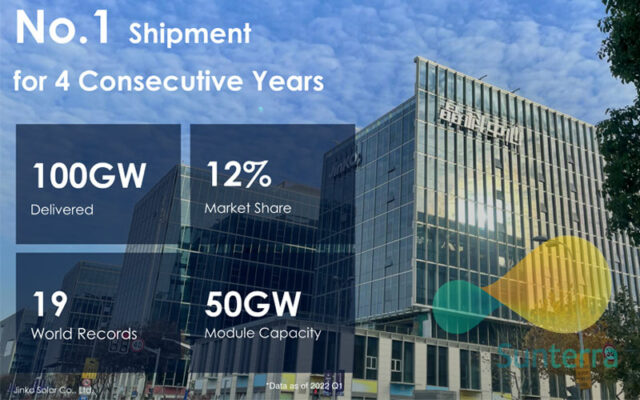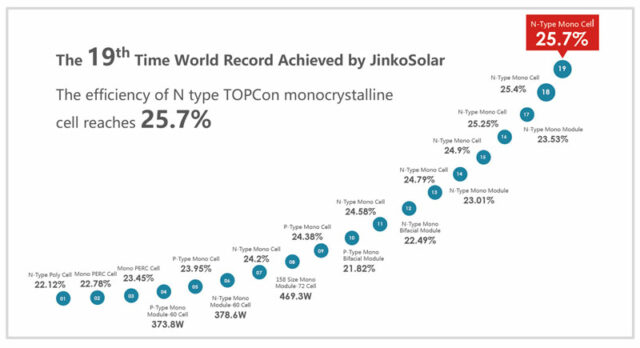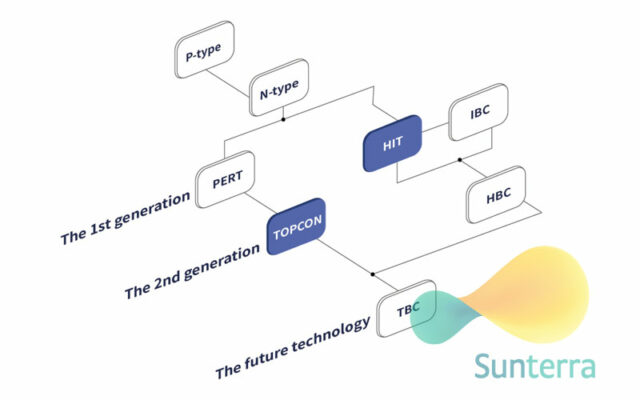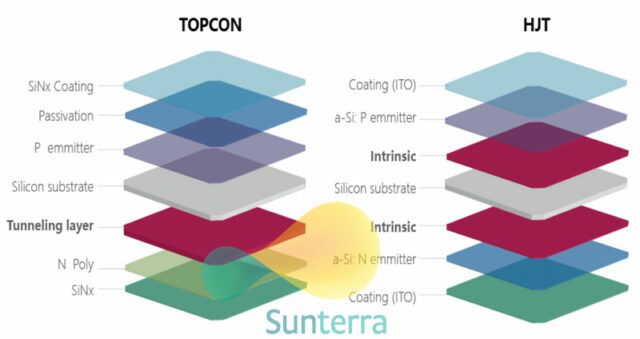Jinko has released several popular residential solar panels since 2020. These series modules are ranging from budget type to high-performance type.

The table 1 shows release history within 3 years:
| Year | Model | Series | Efficiency | Segmentation |
|---|---|---|---|---|
| 2020 | Jinko 330W (JKM330M-60H) | Cheetah | 19.56% | Compact, budget |
| 2020 | Jinko 370W (JKM370M-66H) | Cheetah Plus | 20.15% | Compact, budget |
| 2021 | Jinko 370W (JKM370M-60HLM) | Tiger LM | 20.35% | Compact, mid to high-performance |
| 2021 | Jinko 440W (JKM440M-6TL4) | Tiger Pro | 20.77% | Large, mid to high-performance |
| 2021 | Jinko 365W (JKM365N-6TL3) | Tiger N-type | 20.95% | Compact, high-performance |
| 2021 | Jinko 370W (JKM370N-6TL3) | Tiger N-type | 21.24% | Compact, high-performance |
| 2021 | Jinko 470W (JKM470N-60HL4) | Tiger Neo N-type | 21.78% | Large, high-performance |
The table 2 shows the main technology difference followed by table 1:
| Model | Cell Type | Half Cell | TR | Busbar | HOT |
|---|---|---|---|---|---|
| Jinko 330W (JKM330M-60H) | P-type Mono PERC | Yes | —— | 5BB | —— |
| Jinko 370W (JKM370M-66H) | P-type Mono PERC | Yes | —— | 5BB | —— |
| Jinko 370W (JKM370M-60HLM) | P-type Mono PERC | Yes | —— | 9BB (Multiple Busbar) | —— |
| Jinko 440W (JKM440M-6TL4) | P-type Mono PERC | Yes | Yes | 10BB (Multiple Busbar) | —— |
| Jinko 365W (JKM365N-6TL3) | N-type TOPCon | Yes | Yes | 9BB (Multiple Busbar) | Hot 2.0 |
| Jinko 370W (JKM370N-6TL3) | N-type TOPCon | Yes | Yes | 9BB (Multiple Busbar) | Hot 2.0 |
| Jinko 470W (JKM470N-60HL4) | N-type TOPCon | Yes | —— | 16BB (Super Multiple Busbar) | Hot 2.0 |
N-type leader
Jinko started N-type solar panels layout as early as 2019. Jinko has also been No.1 shipment for 4 consecutive years. When it comes to innovation technology, Jinko is always a global leader because they launched a variety of N-type PV modules. While awarded 19 world records, they also announced in April 2022 that they had achieved an N-type efficiency of 25.7%, a standard achieved after using TOPCon technology in N-type for the fifth time.

N-type is Jinko’s future
TOPCON and HIT/HJT both achieve power improvement through passivation. The former one uses tunneling oxide layer while HJT uses intrinsic amorphous silicon film. The differences in the methods lead to the differences in their respective processes, resulting in the difference in the commercial cost between the two.

TOPCon cells have higher efficiency limit (28.2%~28.7%), much better than PERC cells (24.5%).


